A new television documentary series entitled "Image of Travel," produced by the Taiwan Television Co., is providing new and exciting insights into the scenery and popular customs in Taiwan, island province of the Republic of China. The half hour between 9 p.m. and 9︰30 p.m. every night has traditionally been reserved for educational programs which are aired simultaneously by Taiwan's three television stations. But many programs presented during the period were regarded as dry and lifeless, and didn't attract much following among Taiwan's vast television viewing public. The new format and approach of "Image of Travel," however, has won the approval of millions of fans, and become a popular new series.
The first program, aired last November, was a pictorial tour to lakes, rivers and seashores to see how people depending on the water earned their living. Combining realism with good production, the series went on to review other subjects, including the land, flowers, springtime on the farm, the nomadic life, plays, books, the lives of lumberjacks and miners, Buddhism, and studies of different nationalities.
The purpose of the series is to provide viewers with a full understanding of some subject which they may never have considered before. The producers do not try to hide the seamy side of life to make their subject more palatable. For instance, in the program entitled "The City," the camera probed grimy back alleys and dilapidated tenements as well as clean boulevards and modern high-rise buildings. In the program on farmers, the lazy and uneducated were placed side-by-side with the industrious and well-qualified.
This new and refreshing program owes its success to a relatively small group of young professionals. New ideas and basic concepts are inspired by assistant manager Liang Kuang-ming, who is a novelist and poet. Photographs taken by Luan Yi-chuan during his trips around Taiwan provided the basic framework behind the pictorial layout of the series. Photo-journalist Chang Chao-tang, helped to develop the series in his capacity as technical adviser. Chang had already enjoyed considerable success working with the crew of the Taiwan version of "60 Minutes" and other popular television series. Foreign expertise is provided by Australian Christopher Doyle, who came to Taiwan during a world tour. Doyle works closely with Chang, who also was with "60 Minutes." Scriptwriter Lei Hsiang is constantly on the lookout for new topics.
These five people, who comprise the nucleus of the show, have not always found it easy to realize their aim of giving the public an informative, interesting and professionally produced program. The production of one episode required five days of shooting and 216 manwork days, including three days of location shooting, three days of editing, two of soundtrack editing and one of recording narration. Altogether, 20 rolls or 400 minutes of film were used to produce one half-hour show.
Filming starts once the technical personnel have arrived at their location in their sound truck. Shots of farmers toiling under the hot sun, women washing their clothes by the riverside, children carrying their younger siblings on their backs, and truck drivers conveying logs to the sawmill are the basis of fascinating human interest stories. But the "actors" may at first be reluctant to allow strangers into their lives. Suspicion soon turns to warm Smiles, however, when the crew members introduce themselves as producers of "Image of Travel." Once everybody is aware that the "television people" are here to film them, work can proceed without a hitch. And inevitably, the question is asked: "When will our show be on television?"
"Image of Travel" has recently attracted attention among foreign television and movie professionals. Last December, during the Fourth Asian Area Television Conference, the Canadian representative from the AIM Satellite TV Broadcasting Station, Chen Shan-mu, said: "The program I saw was beautiful. Splendid camerawork." The Hong kong representative said "Absolutely lovely. The camerawork was especially sensitive."
Now, the producers of "Image of Travel" are hoping to see their works shown in foreign countries. They hope in this way that a larger audience will become familiar with Confucian temples, Chinese architecture, restaurants in Taiwan and many other sights around the island.
[Picture Caption]
Pictures from the best sequences in "Image of Travel": 1. Trapeze artists from "The Circus". 2. Trains have replaced the horse-carts of former times. 3. In "Autumn", rice stubble in the fields is burned to make fertilizer after the harvest.
1. From "The Salt Field". 2. The entrance to an old-style Chinese home. 3. Producer of "Image of Travel." 4. A mountain climber is interviewed by a program host. Picture by Australian Christopher Doyle.
1. Interiors of temples in Taiwan. 2. Hot springs. 3. Life on the farm.
1. Country life. 2. A scene from "City life". 3. From "The Park". 4. Photographer Chang Chao-tang. 5. From "Water".

Trains have replaced the horse-carts of former times.
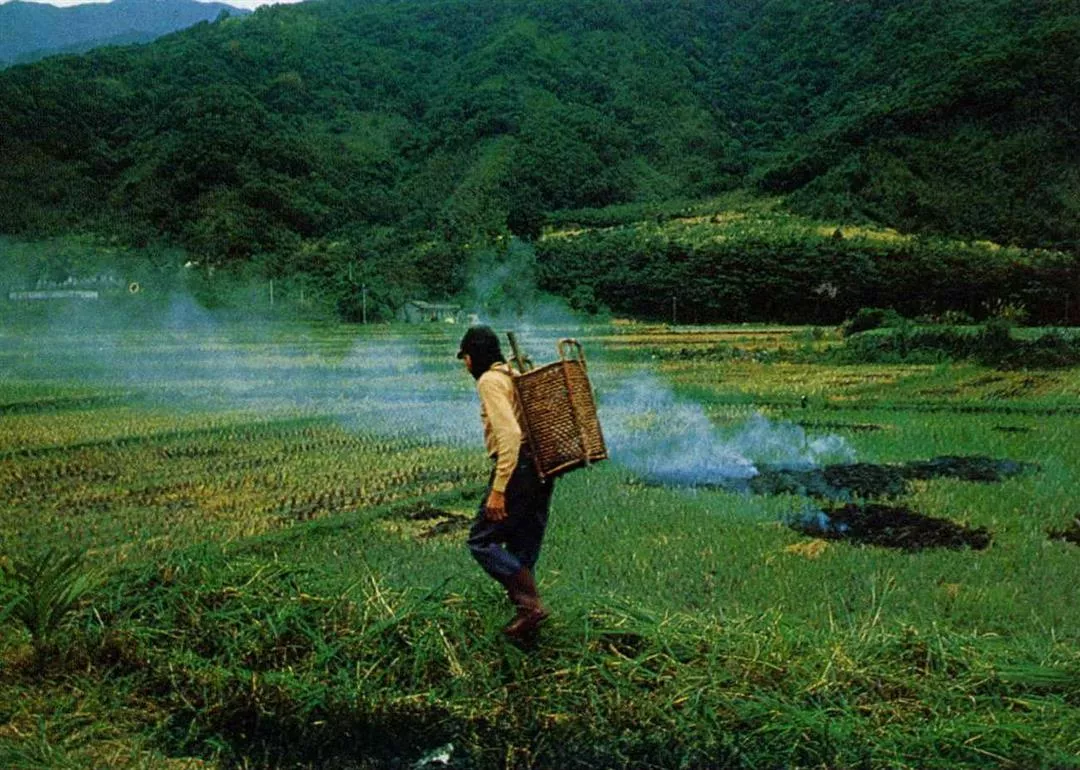
In "Autumn", rice stubble in the fields is burned to make fertilizer after the harvest.
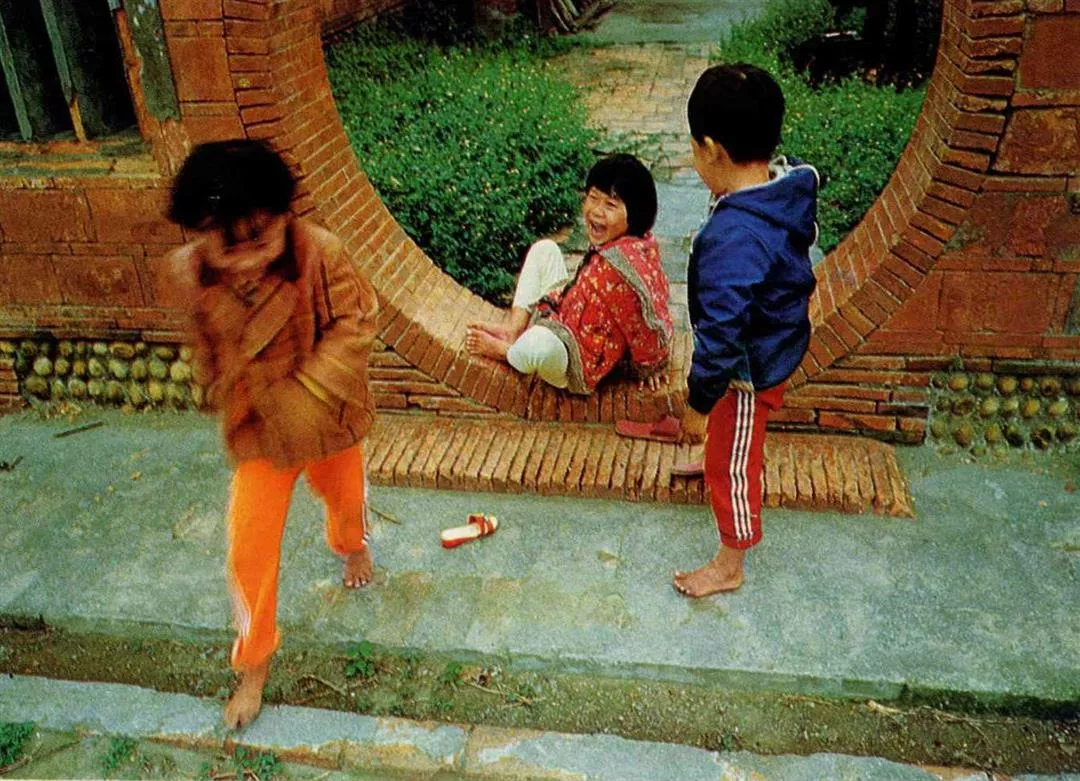
The entrance to an old-style Chinese home.
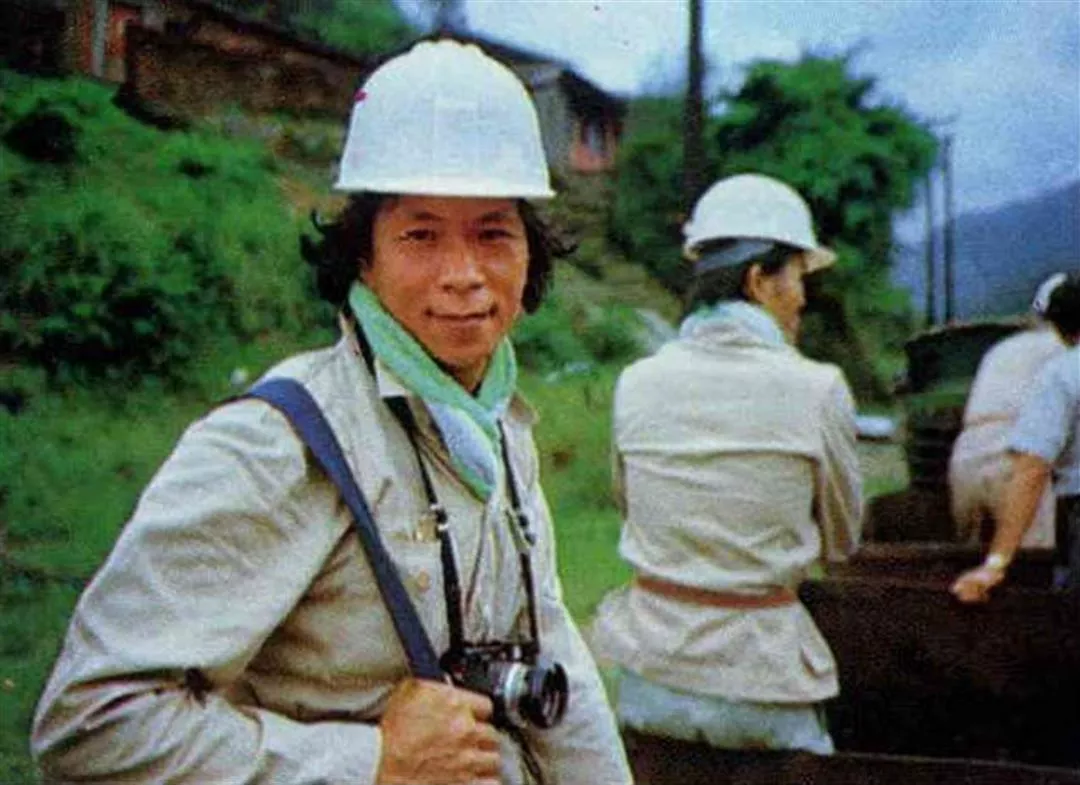
A mountain climber is interviewed by a program host. Picture by Australian Christopher Doyle.
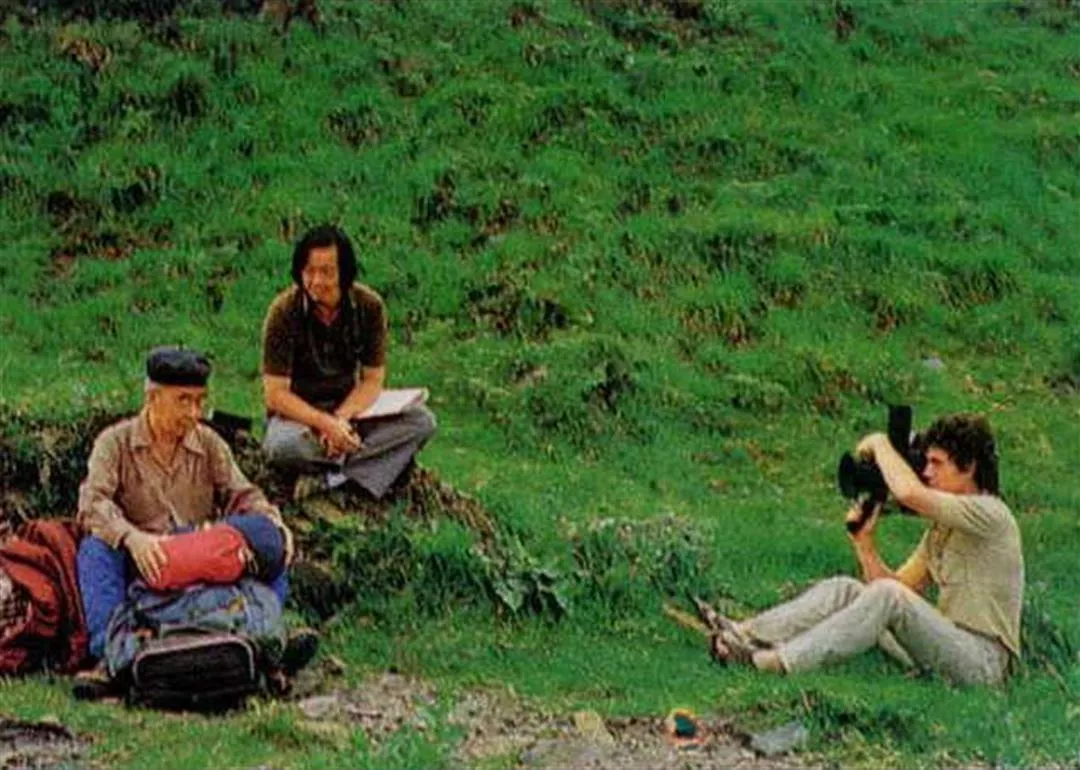
A mountain climber is interviewed by a program host. Picture by Australian Christopher Doyle.
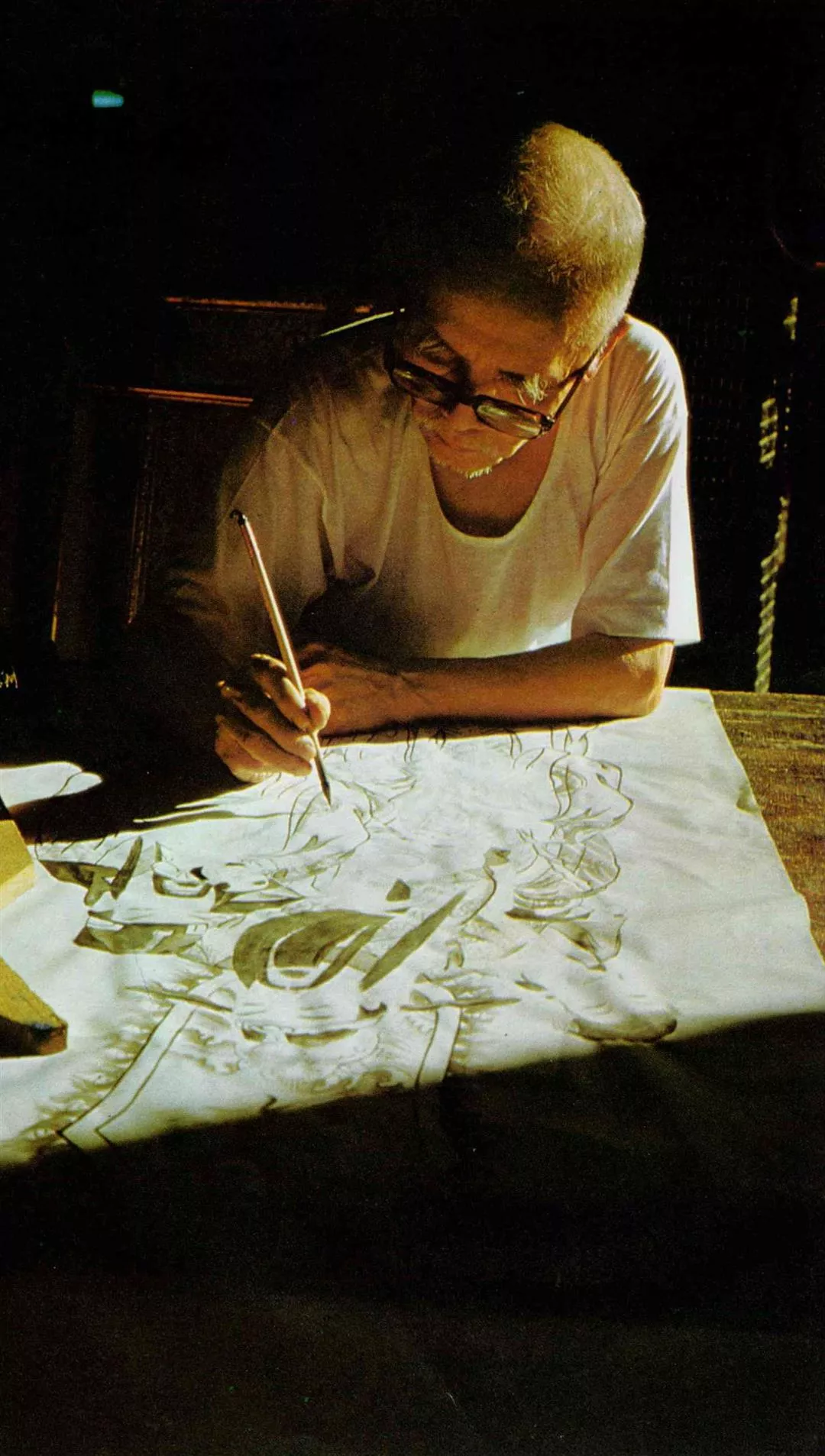
Interiors of temples in Taiwan.
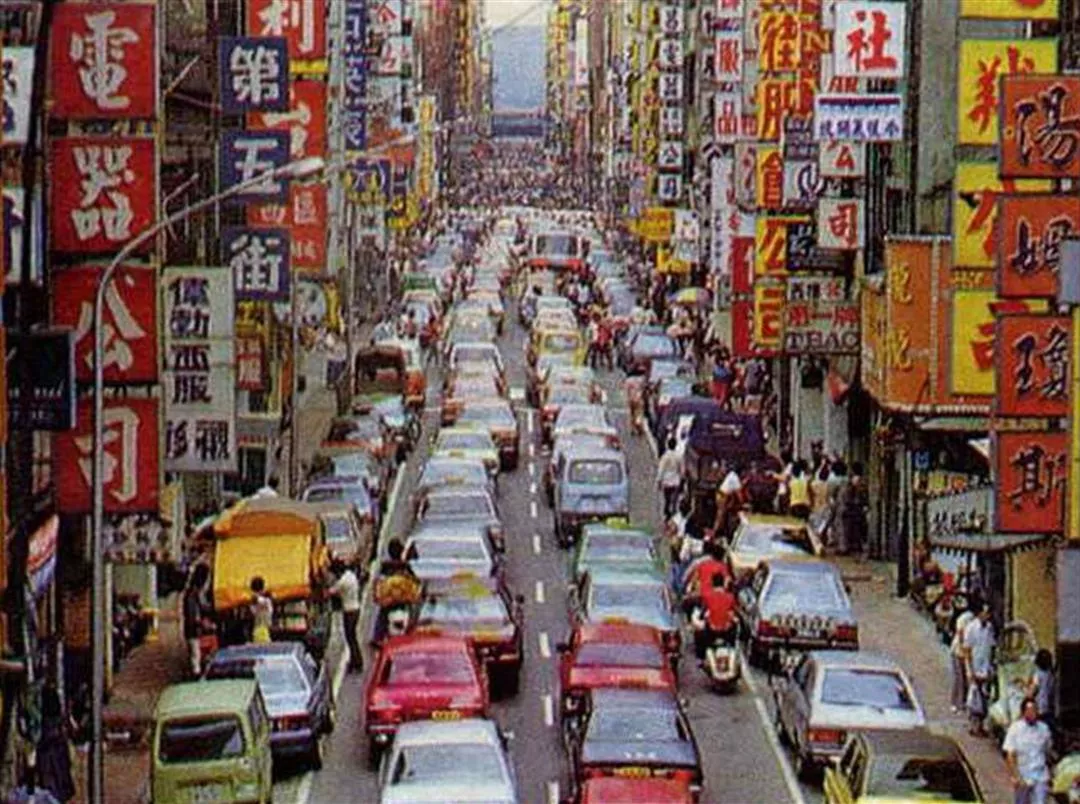
A scene from "City life".
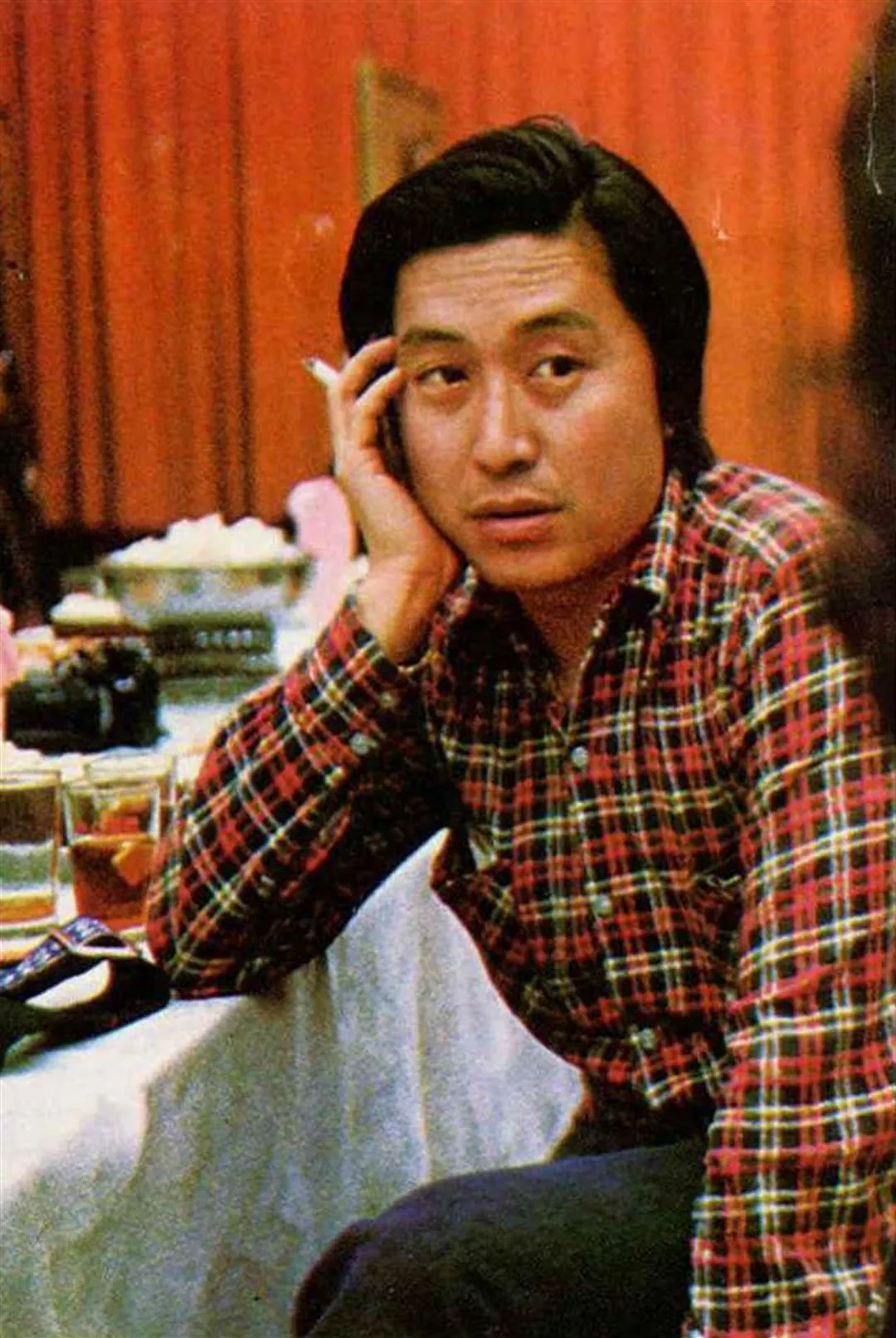
Photographer Chang Chao-tang.